Chinees rond bord, Yonghzeng Keizerlijke periode.
Ø 23 cm H 2,8 cm
€ 400,00
Prijs incl. 6% BTW & Verzendingskosten
Meer informatie
Chinees porselein bereikte zijn hoogtepunt tijdens het bewind van keizer Yongzheng (1723-1735). Innovaties in gekleurd email betekenden dat bekwame porseleinkunstenaars konden experimenteren met nieuwe, levendige kleuren en opvallende ontwerpen. Net als zijn alter ego’s Kangxi en Qianlong was Yongzheng een mecenas van de kunsten, met name keramiek. Omdat hij porselein nieuw leven wilde inblazen, nam hij actief deel aan de keizerlijke productie en gaf hij zelfs persoonlijk instructies. Afgebeeld is een prachtig Chinees porseleinen rond bord. Op een witte glazuurlaag is een decor met de hand geschilderd in een famille rose palet. In het midden is er een overglazuurde bloemendecoratie met twee mandarijneenden in een waterpoel, met de hand geborsteld. De twee eenden zijn samen geschilderd in tegengestelde richtingen. De ene eend heeft een lichtbruin verenpatroon met vergulding, de andere met een donkerbruin patroon, ook met vergulding. Beide vertegenwoordigen huwelijksgeluk. In een prachtige cassiusroos met wit contrast zijn vier prachtige pioenrozen geschilderd op groenbladige takken. Uitwendig heeft het een platte rand met een cirkelvormige lijn. De steile overgang is blanco gelaten. De border heeft vier gestileerde zwartomrande lotusplanten met inwendig een bruin luierpatroon, een pioenroos en een witte bloem. Tussendoor zijn telkens in een paneel, op een lichtblauwe achtergrond, krullen uitgesneden en roze en gele bloemdecoraties overheen geborsteld. Er zijn vier van dergelijke panelen. De lip is bruin geverfd. De achterkant is geglazuurd, behalve de voetring. Het bord is niet gemarkeerd. De plaat dateert uit de Qing-dynastie, keizerlijke periode Yongzhen, ca. 1730.
Conditie: enkele chips aan de achterkant op de rand (niet zichtbaar aan de voorkant), discreet emailverlies, verder perfect.
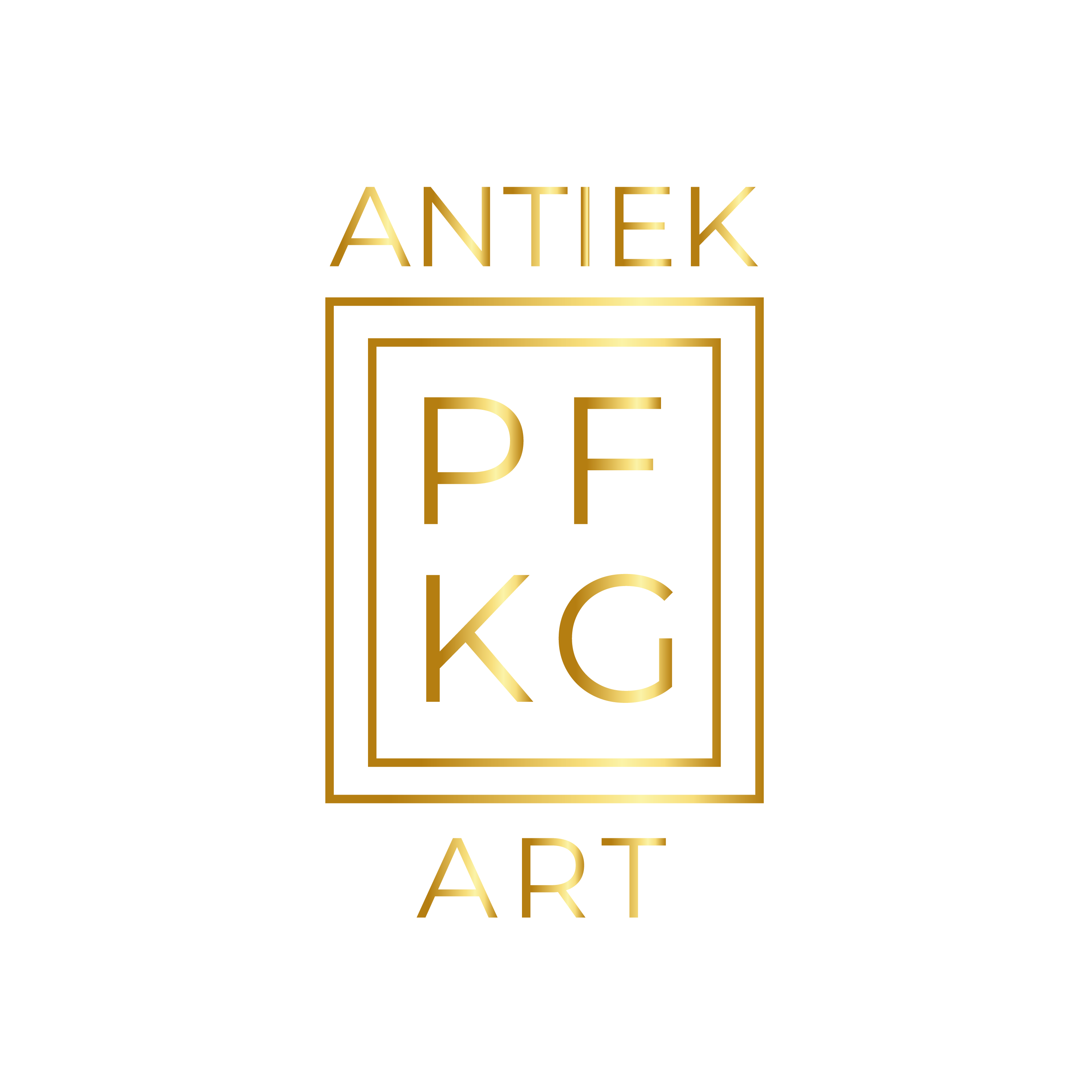
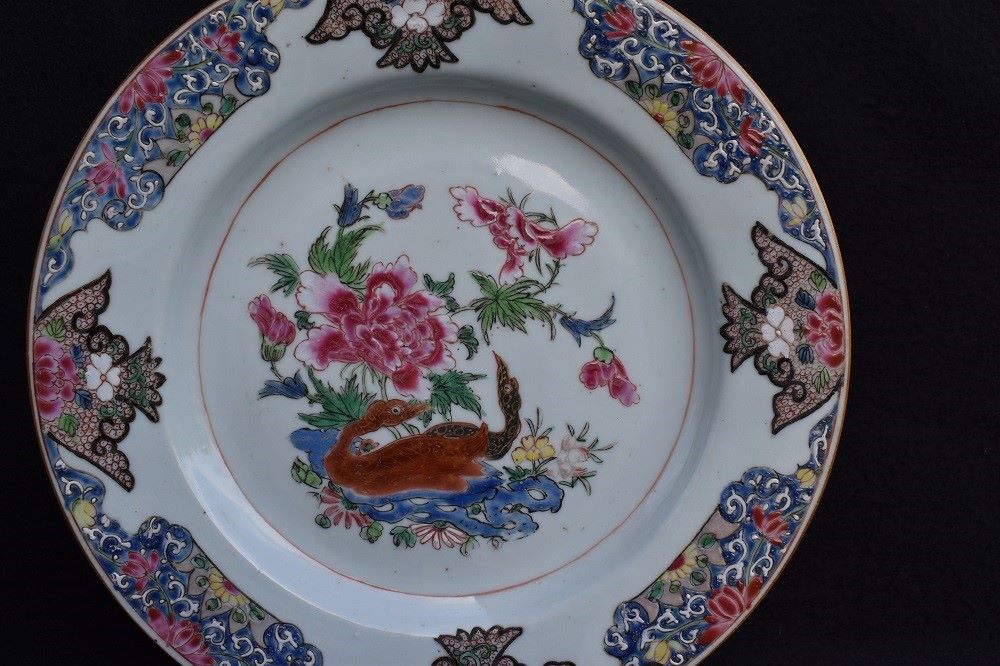
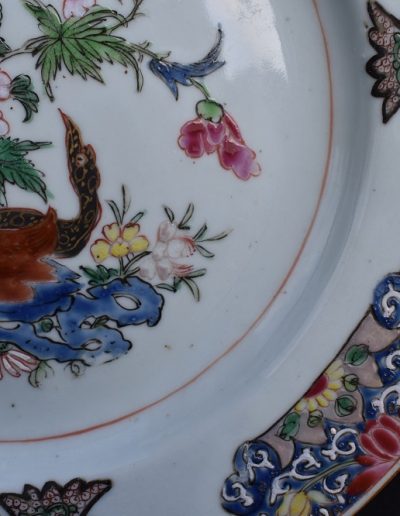
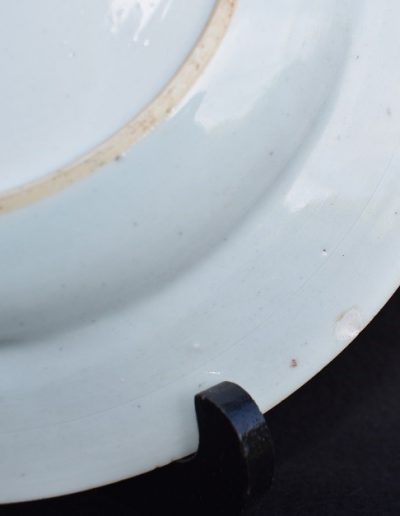
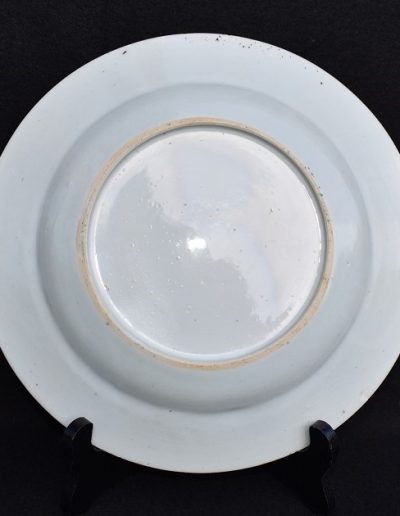
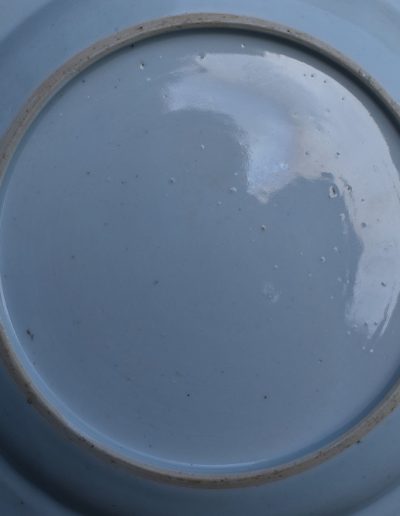
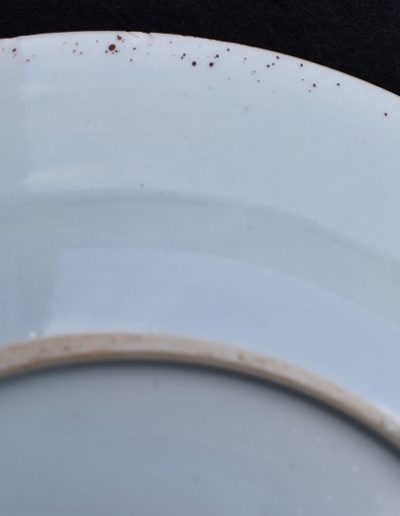
Reviews